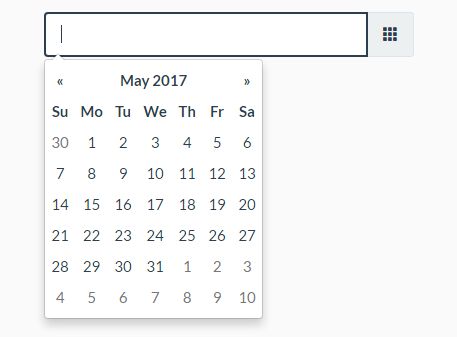Recently one of the websites i was handling started to show strange. When you load the main page, and click with any link or part of the website, it redirects to another page outside of the website.
At first i was puzzled what was causing it. I thought the website has been infultrated or hacked. But it seems everything is still intact.
I separated the main page and tried to dismantle it from there. And you know, what i was the cause, it was a php counter that i got into the website. It seems to be in sleep mode until around 3 years later.
Here are some of the links when you get redirected
https://dexpredict.com/jump/next.php?r=3001031
https://www.smoothsearch.online/install?pubid=2777&productid=30551&clickid=US168345805110000TPHTV422920713914V18
https://clipboxtab.com/install?pubid=2777&productid=30570
Now i know you are dying to know the source. And here it is
https://www.freecounterstat.com
The website gives out a link that you embed in your website
<div id="sfcybjc22f3ctd27lelnzssl4fl8422sw7h"></div>
<script type="text/javascript" src="https://counter10.optistats.ovh/private/counter.js?c=ybjc22f3ctd27lelnzssl4fl8422sw7h&down=async" async></script>
<noscript>
<a href="https://www.freecounterstat.com" title="free hit counter">
<img src="https://counter10.optistats.ovh/private/freecounterstat.php?c=ybjc22f3ctd27lelnzssl4fl8422sw7h" border="0" title="free hit counter" alt="free hit counter">
</a>
</noscript>
The culprit is the first line of the code
<div id="sfcybjc22f3ctd27lelnzssl4fl8422sw7h"></div>
So that’s it. Hope somebody don’t need to learn it the hard way. It’s better you create your own page counter. Either using php & mysql or a txt file to store the current value.
Coffee Cup



